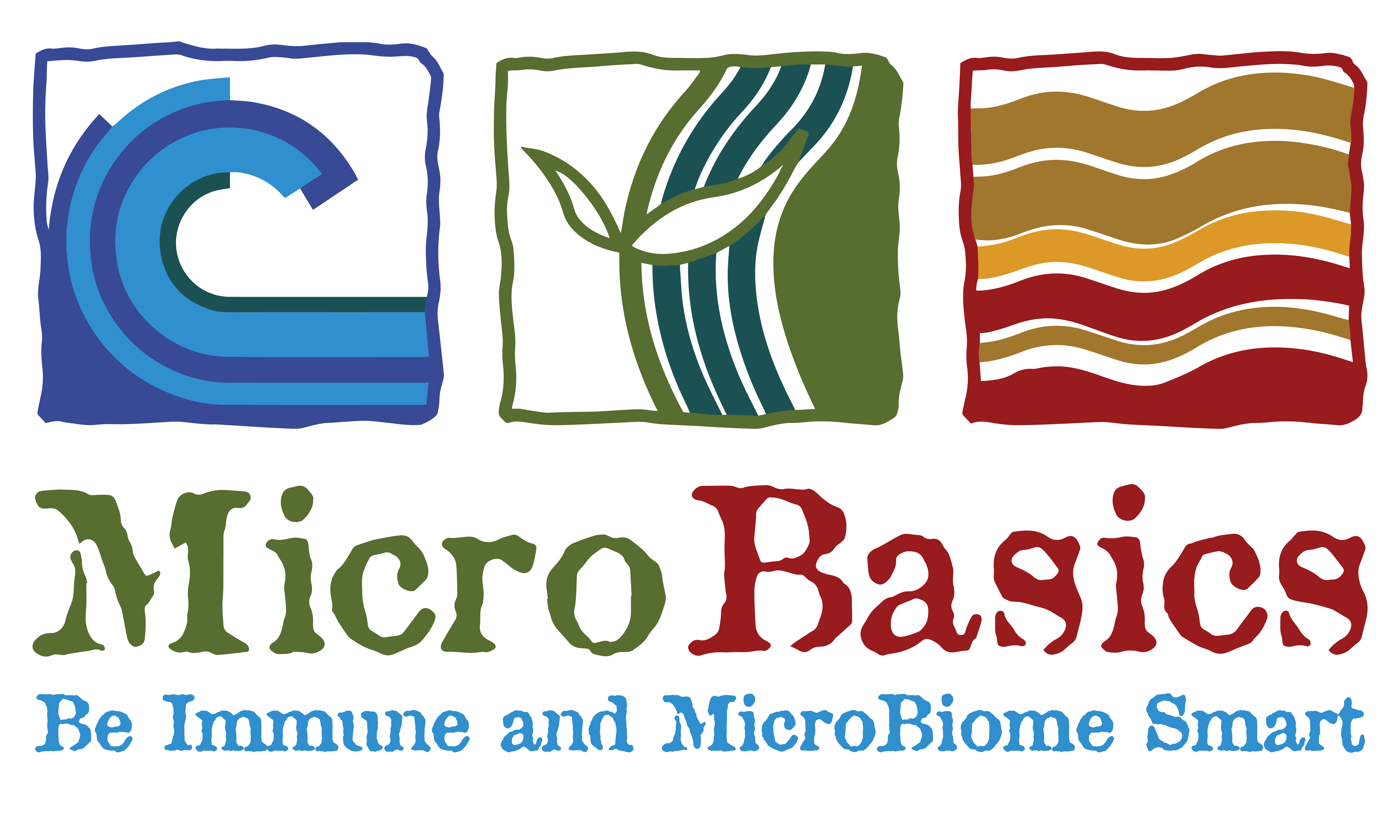John Garrard grew up raising pigs. He showed pigs in 4-H all his growing up years and his dad kept 10-15 sows which they bred and raised the piglets up to market weight. It was always something he enjoyed. John grew up and left the farm to pursue a career in dentistry. When he moved back to the Magic Valley, he wanted to get his oldest son involved with raising and showing pigs. It was hard to find a place to do it at first. They started off with a pen of pigs on his cousin’s land. He kept going until he could build his own facility about 10 years ago.
It has been very rewarding for him to breed pigs for local kids to have the opportunity to participate in a swine 4-H project. Cassia County is not a place where many show pigs are available and John serves the area very well with show pigs at an affordable price. He mentors about 40 kids each year, and if he doesn’t have enough piglets to go around, he arranges for pigs to be purchased for the kids out of Iowa.
Breeding Program Goals
I have certain breeders that I trust and buy semen from. One huge advantage that I have is we ultrasound our pigs at the fair every year, so I get to see measurements of loin eye and backfat. I use that information as I select my semen for the next year.
Last year there were 11 market classes at our fair and I had 5 class winners, all born out of one litter. So, I feel like I have been able to make pretty good progress with my breeding program. I am excited to see how my litter does this year. It is one of the most consistent litters I have ever had.
Choosing a Pig
When it’s time to choose a pig, we invite all the 4-H kids over, and we draw names for who gets to pick the first pig. We just keep drawing until we get through all the names, and everyone has selected a pig.
My sows are black with a white belt, Hampshire dominated genetics. Many of the 4-H kids and parents have learned they like selecting a black pig because it is easier to keep clean.
Some show pigs that have more of a Yorkshire heritage will be white with blue spots on the butt. White is not all bad because the lighter color makes the animals look bigger. If you have a facility where you can keep them inside, it is a lot easier to keep a white hog looking clean enough for the show.
Duroc genetics bring in a red coloring and it seems many kids like those. Some of the kids choose their pig based on color, some of the older ones may a little more about conformation and may factor that into their decision as well.
Showing a Pig
The time you spend with your pig is the biggest thing. If you want them to be calm at the show you need to have built trust with them. My daughter had a pig years ago that was the meanest pig we have ever had. We have never had a pig we could not train up until then. But, when we got into the show, that pig was the best pig. She even won fitting and showing with it. I thought there was no way she was going to win showing that pig, but under the stress at the show it knew her, and it knew the show whip. It turned out to be the perfect pig in the showring.
Nowadays show pigs are bred to almost look like they are walking up hill. You want to show your pig with its head up, which gives it more of the appearance of walking up hill. We want muscle and broad shoulders and all that, but they really need to be walking with their heads up.
A few years ago, my son easily won showmanship because he was the only one in his class that could keep the head up. Now there are a lot of good showmen in our county that can keep their pig’s heads up and that is really what I love is watching. Those kids that have spent so much time working with their pigs.
Teaching the pigs to walk with their heads up involves a lot of tapping with the whip to teach them to keep their head up. Sometimes we use a beef show stick instead of the whip, but what we mostly do is take them out and walk them through tall pasture every evening through the summer. It’s the easiest way for them to naturally learn how to lift their head when they walk.
Nutrition
Piglets get a pre-starter while they are with mom, and then switch to a grower feed later. We have found that we like to use higher fat rations for the show pigs. A few years ago, the show industry trended for those very lean pigs, we kept one and ate it and it wasn’t very good. Thankfully the show industry has trended back to a little fatter hog. When we ultrasound at the fair we are looking for 0.5-0.75 inch of backfat.
Club Support
We have four or five swine 4-H clubs around here. The fun thing is we are all a tight group. We all support and cheer each other on. It’s all about learning and growing together.
John, thank you for your dedication to introducing youth to agriculture by helping them to source and complete a 4-H swine project. We appreciate all you do in your community!
Written by: Mariah Gull, M.S.

